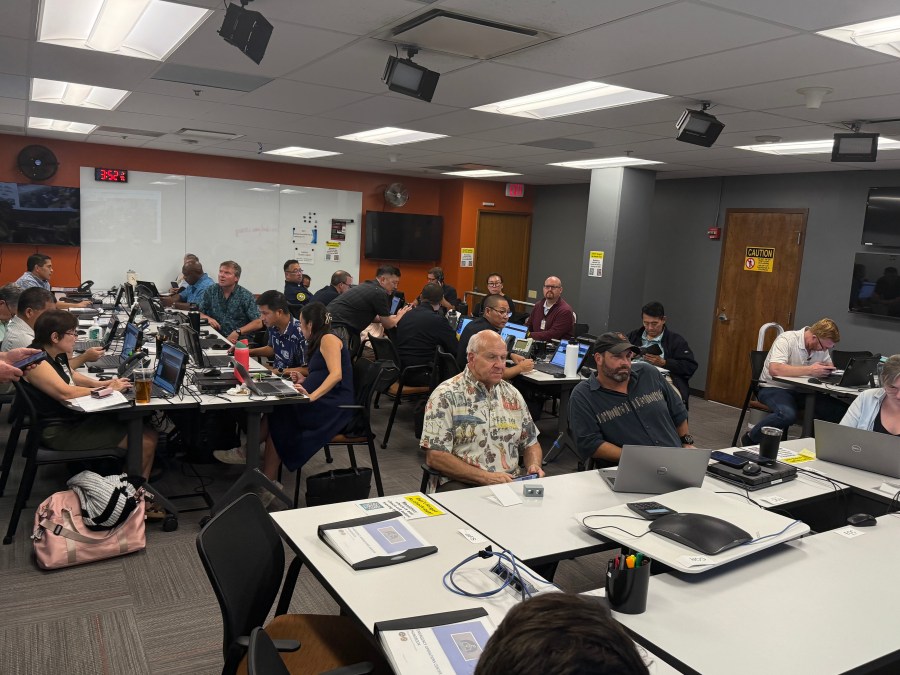HONOLULU (KHON2) — The July 29 tsunami warning sent thousands of people scrambling to higher ground.
During an advisory overview and response briefing with the Honolulu City Council on Thursday, Honolulu’s Department of Emergency Management and Honolulu Police found early alerts worked as intended, but communication and traffic management fell short.
“What we know in emergency management is the circumstances that exist on a normal day are only amplified on a disaster day,” explained Dr. Randy Collins, Honolulu DEM’s Director.
The slideshow from different agencies (including HPD, HFD, DTS, EMS, and Ocean Safety) stated HPD’s Emergency Operations Center was overwhelmed with calls and texts, causing delays in briefings. Officials also cited communication gaps between state and city agencies — and the need for a dedicated public information officer to unify messaging.
“We have plans for any number of scenarios,” explained HPD Maj. Clifford Ramson, Commander of the Major Events Division. “But in town, the traffic was so unmanageable, these plans could not be implemented.”
Councilmember Andria Tupola says leaving tens of thousands stranded for hours on clogged freeways can’t happen again.
“The road was closed for three hours, just turn them around. If a tsunami did hit, how are we going to reverse all those cars out of there?” Tupola asked regarding her district of West Oahu, where cars were stuck on H1 West, unable to get onto Farrington Highway, which is in an inundation zone.
Officials say more public education is needed on vertical evacuation, moving to higher floors of sturdy buildings instead of everyone rushing onto the roads.
“So many things we learned from this,” Dr. Collins said. “We need to do better, and public education will help gridlock traffic.”
The report also suggests phased evacuations — starting with Waikīkī, then Downtown — and even using Skyline stations as safe zones in future emergencies.
The after-action analysis continues with agency meetings through October, aimed at tightening communication, improving traffic flow, and educating the public before the next major threat.
